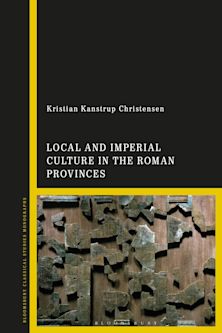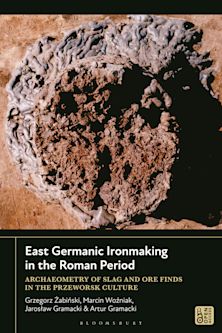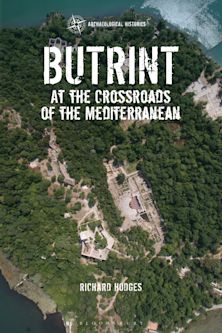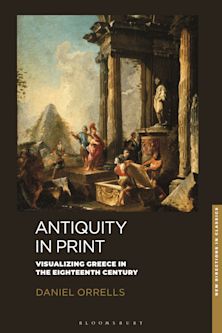- Home
- ACADEMIC
- Archaeology
- Classical Archaeology
- Digging the Dirt
This product is usually dispatched within 3 days
- Delivery and returns info
-
Free CA delivery on orders $40 or over
Exam copy added to basket
Choose your preferred format. Please note ebook exam copies are fulfilled by VitalSource™.
You must sign in to add this item to your wishlist. Please sign in or create an account
Description
When Jennifer Wallace travelled round Greece as a student, hiking through olive groves to hunt out the stones of old temples and lost cities, she became fascinated by archaeology. It was magical. It was absurd. Give an archaeologist a few rocks and, like a master storyteller, he could bring another world to life. Give him a vague hunch about the past, and he was prepared to spend hours raking through the soil in search of proof.
From the plain of Troy to the Titanic, and from Britain's Stonehenge to Ground Zero in New York, Digging the Dirt explores the excavation sites that have exerted the strongest pull on the public imagination. Some sites, in which bones are indistinguishable from dust, have driven archaeologists to despair. Other sites haunt poets with memories of loss and romance. All reveal the relevance of archaeology to our deepest cultural anxieties. Passionate and intelligent, Digging the Dirt engages with the work of philosophers and writers who have been stirred by the life below the ground, while never losing sight of the pressing demands of archaeologists today.
Table of Contents
1. The Poetics of Depth
2. Romancing Stones: The Archaeological Landscape
3. Unearthing Bodies: The Disruption of Hisyory
4. Fulfilling Desires: Erotic Excavation
5. Fundamentalism: Digging our Trojan Origins
6. Rock Bottom: Digging and Despair
7. Holy Ground: Archaeology and the Sacred
8. Postmodern Archaeology: Trashing Our Future
Notes on Reading
Acknowledgements
Index
Product details
| Published | Jun 25 2004 |
|---|---|
| Format | Paperback |
| Edition | 1st |
| Extent | 192 |
| ISBN | 9780715632789 |
| Imprint | Bristol Classical Press |
| Dimensions | 234 x 156 mm |
| Publisher | Bloomsbury Publishing |
About the contributors
Reviews
-
Digging the Dirt is an original foray into some of the reasons why archaeology fascinates us ... A fascinating progression through hearty parsonical barrow-diggers, body-snatchers, philosophers, savants, and poets - from Shelley and Wordsworth to Seamus Heaney ... The book is a fresh and engaging tussle with archaeology and the imagination.
The Sunday Telegraph
-
Wallace engages in an extended literary treatment of archaeology. This attachment to archaeology built up in her in her travels to different places around the world where she explored archaeological sites real and reputed. With her literary temperament, she sees archaeology as involving a "poetics of depth." Not so much concerned with the discipline and deductions of archaeology, Wallace sees, and feels, it as a desire to uncover the millennial secrets of human nature and as a countervailing activity to the centrifugal tendencies of the postmodern world. Beginning her book with an anecdote about Schliemann--who discovered the site of ancient Troy--believing that the face of a buried warrior he came upon was that of the king Agamemnon only to have the face disintegrate upon being exposed to the air, Wallace writes of the romance of archaeology as it has affected noted and unknown archaeologists, writers, and artists, and also herself. Digging the Dirt makes good reading for Wallace's literary style, and for its occasional lucid notes of social critique implicit in the author's romantic view of archaeology.
Midwest Book Review, "Library Bookwatch"
-
As a compulsion it is modern: Jennifer Wallace, in her profound and fascinating new book, Digging the Dirt, locates its beginnings in figures such as William Stukeley, whose lively, some said fantastic, explorations of Avebury and Stonehenge in the early 18th century began the work of fleshing out our remote ancestors.
The Independent
-
The business of digging things up cannot help but be an imaginative enterprise as much as a scientific one.
The Washington Times


































